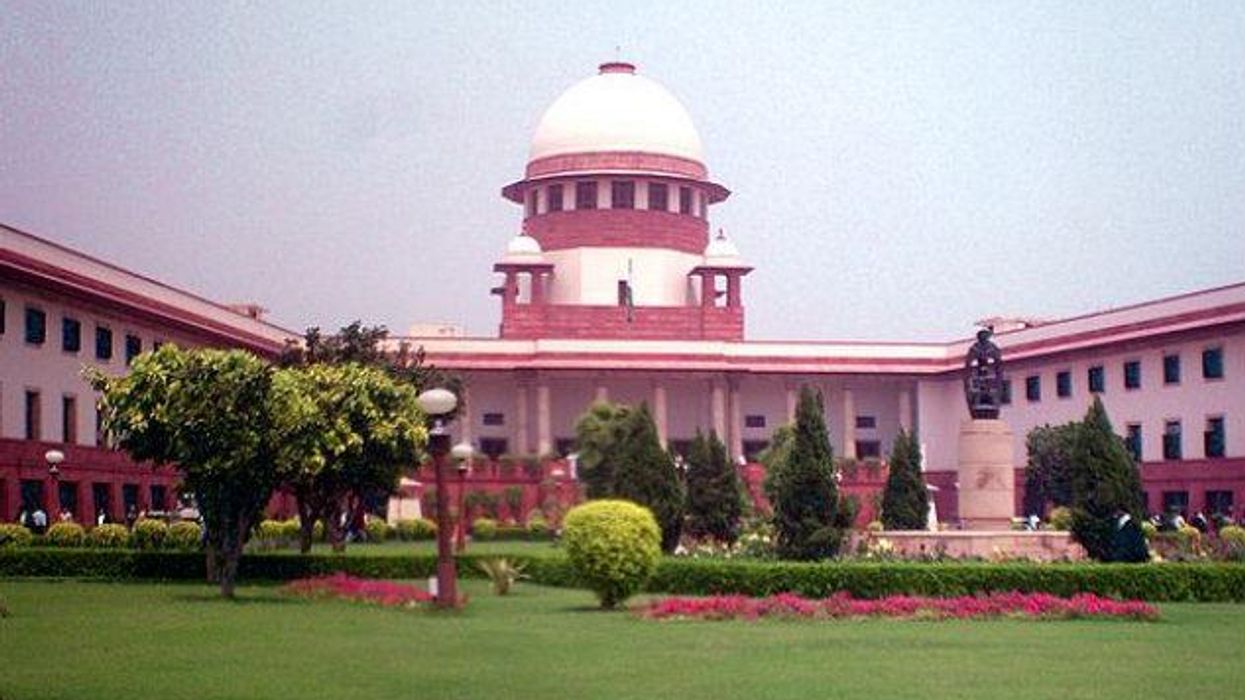India's supreme court has created a "third gender" status for transgender people. The ruling, announced today, will require the government to provide trans people with quotas in jobs and education on par with those offered to other minorities, as well as key amenities. Trans people can also identify as such on legal and other governmental forms. Special public toilets and hospital wards must be constructed as well.
The Indian term used to describe transgender people, cross-dressers, intersex people, and those who identify as neither male nor female is "Hijra." While Western societal constructs dealing with transgender people are often built on a gender binary, India and other Eastern societies allow for a third gender, neither strictly male nor female.
"Recognition of transgenders as a third gender is not a social or medical issue but a human rights issue," said Justice KS Radhakrishnan in his ruling on Tuesday.
Countries across South East Asia have begun to legally recognize their trans communities. This year India's Election commission allowed people to register as "other" in the gender section on voter registration forms. Last year Nepal, India's neighbor to the north, offered a third gender option on official documents and in 2007 the country's supreme court ordered the nation to scrap all laws that decimate on the basis of sexual orientation or gender identity. Bangladesh also recognized a third a third gender as of last year.
This ruling comes from the same Supreme Court that upheld India's Section 337: the 153-year-old colonial-era law that penalizes gay sex.
Photo of India Supreme Court by Legaleagle86






























